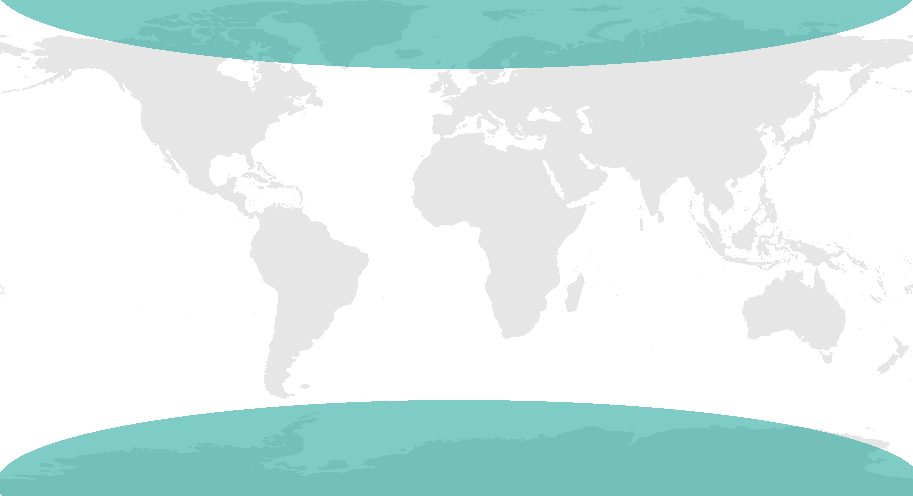
Turn your mobile device horizontally to show all four table columns
|
REGIONAL ACTIVITY
| GEOGRAPHICAL RANGE OF INTEREST | SCIENTIFIC FOCUS/THEME | ACTIVE SINCE |
|---|---|---|---|
|
Polar regions
|
Advancing our understanding of polar stratospheric clouds in particular related to their role in polar ozone loss
|
2015
|
|
|
Antarctic
|
Improving the physically-based estimates of sea-level change coming from West Antarctic Ice Sheet (WAIS) over the present century and beyond
|
2013
|
|
|
Arctic and Antarctic
|
An analysis of the three budgets that govern the evolution of sea ice and its impact on the Earth’s climate system, namely conservation of heat, momentum balance, and tracer conservation
|
2014
|
|
|
Arctic
|
Examining whether recent extreme weather in North America, eastern Asia and northern Europe are random events or were related to recent global or Arctic climate change
|
2014
|
|
|
Greenland and Antarctic
|
A consortium of international ice sheet models and coupled ice sheet-climate models that fully explore the sea level rise contribution from the Greenland and Antarctic ice sheets
|
2014
|
|
|
(Jointly with the Scientific Committee on Antarctic Research (SCAR)
|
Antarctic
|
Improves understanding of the Antarctic sea ice zone through focussed and ongoing field programs, remote sensing and numerical modelling
|
1996
|
|
(Jointly with SCAR/IASC)
|
Greenland and Antarctic
|
Research on the estimation of the mass balance of ice sheets and their contribution to sea level, and integration of observations and modelling efforts
|
2012
|
|
(Jointly with Prince Albert II of Monaco Foundation (FPA2))
|
Arctic and Antarctic
|
a global competition challenging teams to push the boundaries of polar ocean monitoring capabilities. The first team to complete a 2000km continuous mission with an Autonomous Underwater Vehicle (AUV) under the sea ice in the Arctic or Antarctic will win the prize money totalling 500,000 CHF.
|
2016
|
|
Arctic and Antarctic
|
International coordinated framework that produces improved generation of regional climate change projections for input into impact and adaptation studies
|
2013
|
Note: Regions depicted in the above maps are approximate and may differ from the regional boundaries of the activities listed.

